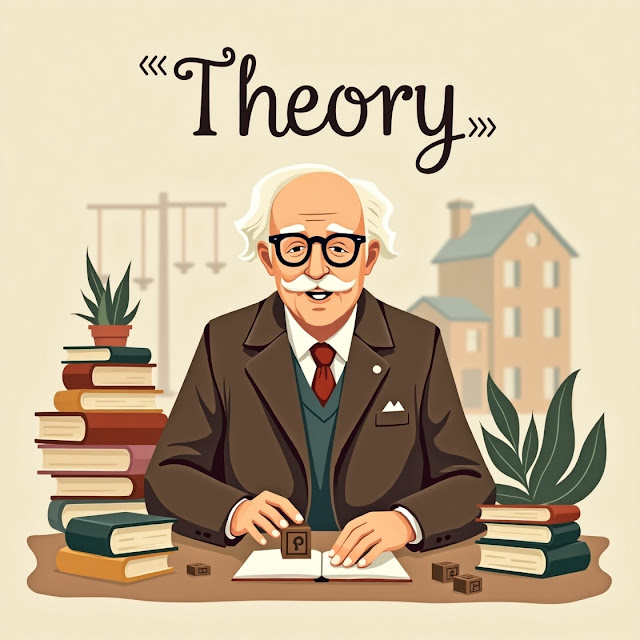Jean Piaget's Theory of Cognitive Development
Jean Piaget, a Swiss analyst, is broadly respected for his groundbreaking work in understanding how children think and create cognitively. His hypothesis of cognitive improvement traces four particular stages through which children advance as they develop, each characterized by distinctive ways of considering and understanding the world. Piaget’s stages are sensorimotor, preoperational, concrete operational, and formal operational.
1. Sensorimotor Stage(Birth to 2 years)
The sensorimotor arrangement marks the start of a child’s cognitive advancement. Amid this period, newborn children and little children learn almost the world fundamentally through tactile encounters (seeing, hearing, touching) and engine activities (getting a handle on, slithering). A key accomplishment in this organization is the improvement of protest lastingness, the understanding that objects proceed to exist indeed when they cannot be seen, listened to, or touched. For case, a child who already thought a protest vanished when covered up, starts to realize that it still exists, indeed if it is out of sight.
2. Preoperational Stage (2 to 7 years)
In the preoperational organization, children create the capacity to utilize images, count dialects, to speak to objects and occasions. They can lock in imagine play, and their considering gets to be more inventive and imaginative. Be that as it may, their considering is still self-centered, meaning they have trouble understanding points of view other than their claim. For occasion, a child might cover their eyes amid the amusement of hide-and-seek and accept that since they cannot see others, the others cannot see them either.
During this arrangement, children moreover battle with preservation, the understanding that the amount or sum remains the same indeed when its appearance changes. For illustration, if water is poured from a brief, wide glass into a tall, contract glass, a child at this arrange might accept the tall glass contains more water, indeed even though the sum is the same.
3. Concrete Operational Stage (7 to 11 years)
The concrete operational arrangement marks a critical move in a child’s cognitive capacities. Children start to think coherently about concrete occasions and issues. They pick up a way better understanding of preservation, meaning they presently realize that changing an object’s appearance doesn’t alter its essential properties. For occurrence, they can get it that if you cut a piece of clay in half, it’s still the same sum of clay, fair in two pieces
Additionally, children in this organization create the capacity to perform classification and seriation assignments. They can bunch objects based on common characteristics and organize them in an arrangement (e.g., from most limited to longest). In any case, their consideration is still established in the concrete—they battle with unique or speculative concepts. For case, they might have trouble understanding complex or unique concepts like equity or uniformity in the way that more seasoned children or grown-ups might.
4. Formal Operational Stage (12 a long time and up)
The formal operational arrangement speaks to the top of Piaget’s cognitive improvement hypothesis. Youths create the capacity to think conceptually, consistently, and methodically. They can think around theoretical circumstances, consider different conceivable outcomes, and unravel complex issues. They can utilize deductive thinking, making generalizations from premises to particular occasions. For occurrence, they can define speculations, conduct tests, and draw conclusions in ways that more youthful children cannot.
This organization too presents the capacity to think around unique concepts such as ethical quality, legislative issues, and reasoning. Youths may start to address societal standards or frame their convictions around equity and individual values.
Conclusion
Piaget’s stages of cognitive improvement highlight the movement from essential tangible and engine intelligence to progressed unique thinking. His hypothesis emphasizes that children are not detached learners but dynamic members in their cognitive development, developing information through intelligence in their environment. Each organization builds upon the past one, reflecting an expanding modernity in how children think around the world around them. Piaget’s work has had a significant effect on instructive hypotheses and hone, affecting how we get it and bolstering children's cognitive advancement.









No comments:
Post a Comment